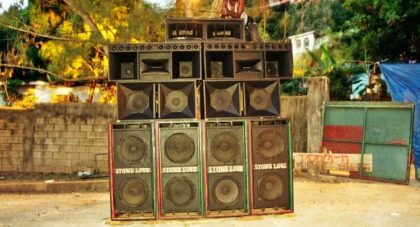Welcome to the third installment of the Aquarium Drunkard Guide to ECM Records: The New Millenium. Writer James Jackson Toth (Wooden Wand) explores the label's contemporary output, that of "a boutique label in the guise of a music industry behemoth . . .
Only the good shit. Aquarium Drunkard is powered by its patrons. Keep the servers humming and help us continue doing it by pledging your support.
To continue reading, become a member or log in.


